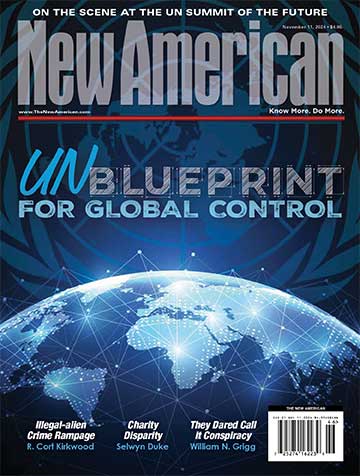
Sulzberger’s comments came at the 9th International Newsroom Summit held in London where he delivered the keynote speech during the portion of the conference devoted to paid online content.
The Times under Sulzberger has been working to carve a profitable niche out of the online news market for several years. Like most traditional publishers, whether of newspapers or magazines, the transition to digital has been difficult on the New York Times.
Most consumers of online news content have come to expect that content to be free. Publishers attempting to charge for online content have faced significant challenges. In July, the Times of London, owned by media titan Rupert Murdoch, instituted a “paywall” requiring online readers to purchase access to the paper’s content. The paywall immediately led to a steep decline in readership.
{modulepos inner_text_ad}
“According to ComScore, the combined number of unique visitors [to the London Times] … has fallen to 1.61 million in July, from 2.22 million in June, and 2.79 million in May,” the British news industry journal Media Week reported in mid-August. Page views for the London Times are also down, dropping “from 29 million in May to 20 million in June and 9 million in July,” said Media Week.
This performance led Jimmy Wales, the founder of Wikipedia, to blast the London Times‘ paywall plan as a “foolish experiment.”
“I think it’s not going to last, I think they will give up,” Wales said in an interview.
Sulzberger’s own paper has already had one unsuccessful foray into publishing content behind a paywall. After two years pursuing that model with its “Times-Select” service, in 2007 the paper ended the experiment in favor of returning to an all-free model.
Now, the New York Times hopes to move forward with a hybrid paywall that would still allow some level of access to free content. Such a model has been used successfully by two large financial papers, the Wall Street Journal and the Financial Times.
The “metered paywall” plan that the Times plans to use, says Sulzberger, “has the benefit of allowing our millions of readers who come to us through search engine [sic] to still find our content.” Meanwhile, heavy consumers of NY Times content will be asked to pay up.
Regardless of how well the metered paywall plan may work, it has become increasingly clear that print publications must adapt to the digital world or face closure as print circulation continues to decline. In March, the latest figures from the Audit Bureau of Circulations showed that average daily newspaper circulation in the United States had declined 8.74 percent over the previous six months. The “good news” in that report was that the drop was less than the 10.62 percent drop for the 6 months previous to that.
More bad news for print publications came from USA Today in August. At one time having boasted of the largest circulation in the nation, the Gannet News flagship paper announced that it would begin a major reorganization focused on digital content delivery while deemphasizing print operations.
Whether or not the NY Times metered paywall plan proves effective, the NY Times too, says Sulzberger, will have to move away from its print edition. When asked at the 9th International Newsroom Summit about a “suggestion” that the Times might end its print edition in 2015, Sulzberger responded: “We will stop printing the New York Times sometime in the future, date TBD.”



